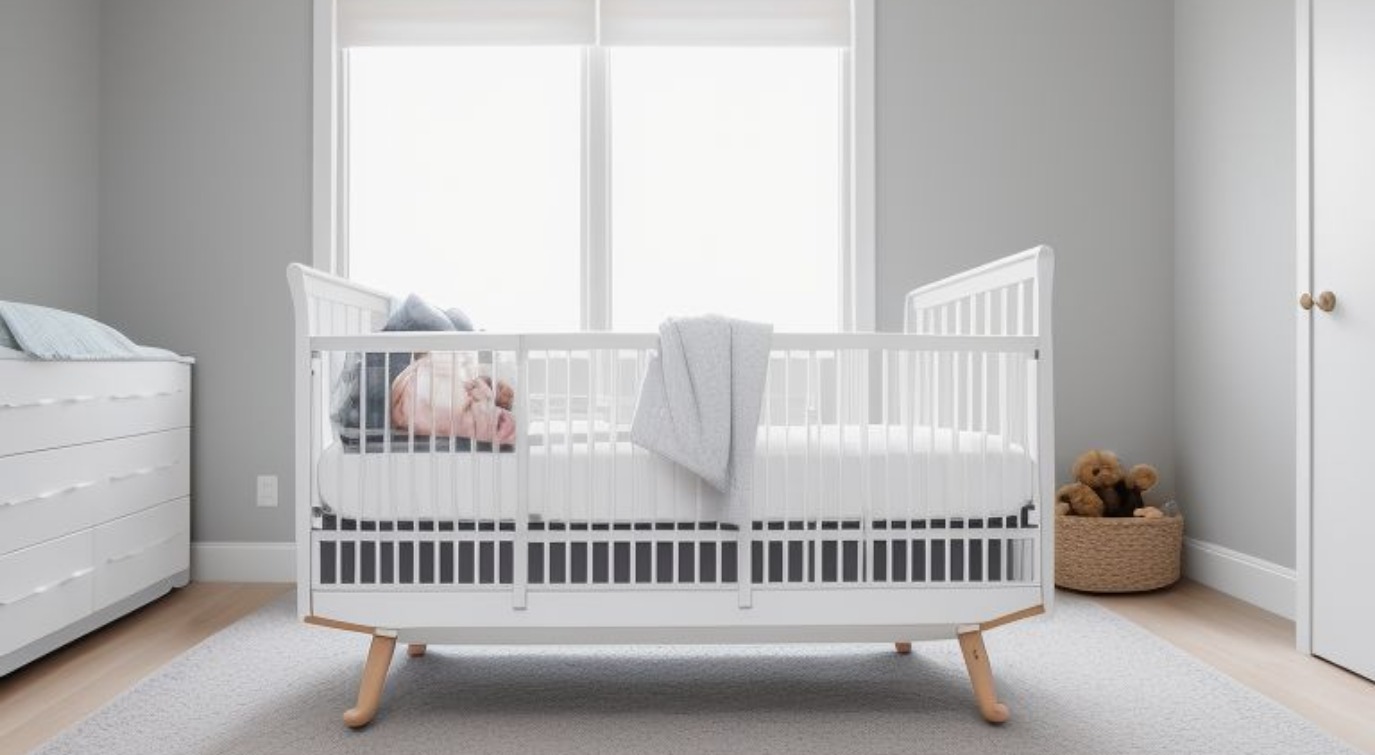
Introduction
A floor bed for a baby is a safe and natural way for your little one to sleep. It is a simple and minimalist approach to creating a sleep space for your baby that encourages their independence and mobility. In this article, we will explore the advantages of using a Montessori floor bed for baby, factors to consider when choosing a floor bed, safety measures for implementing a floor bed, and more.
Types of Floor Beds for Babies
- Montessori floor beds:
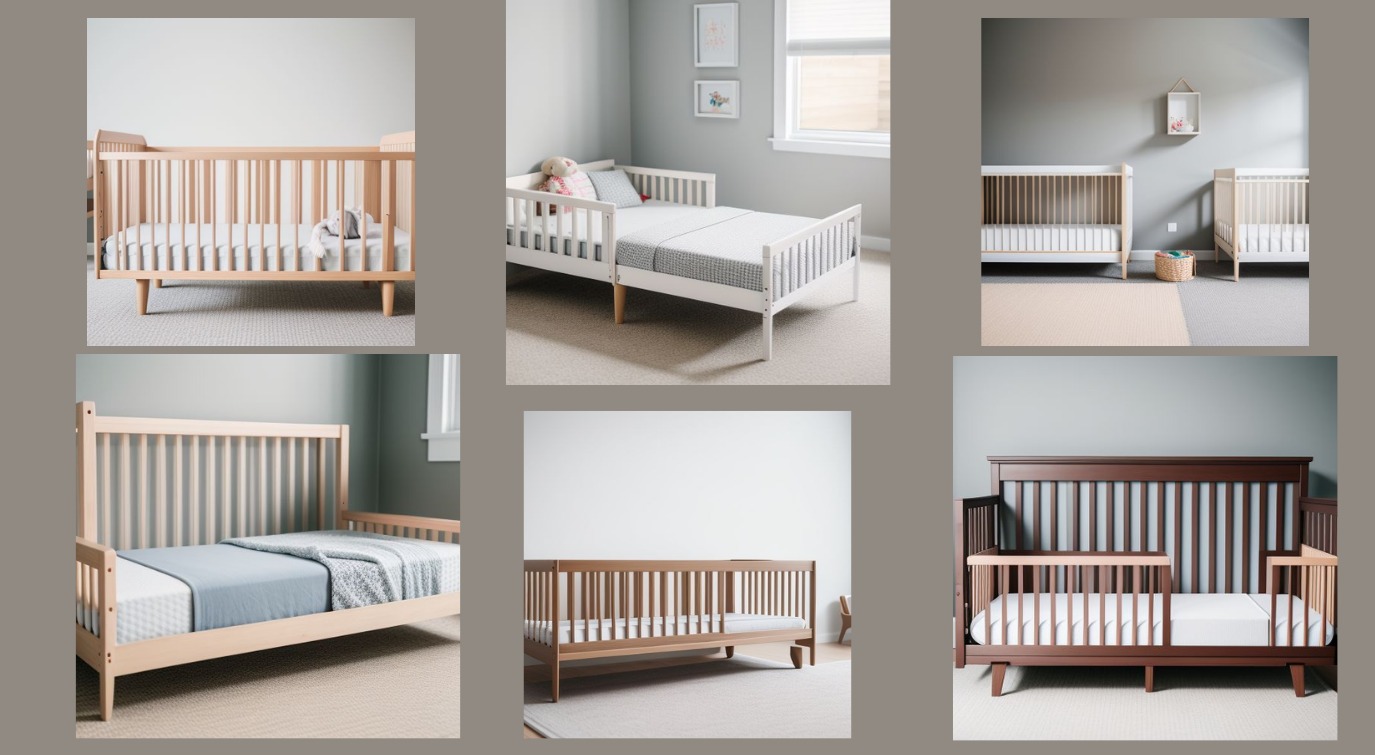 These are low-to-the-ground beds that are designed to promote independence and mobility in infants and toddlers. They often have a simple, minimalist design and may come with or without a frame. Montessori floor beds are typically made of wood or other natural materials and are designed to be safe and comfortable for young children.
These are low-to-the-ground beds that are designed to promote independence and mobility in infants and toddlers. They often have a simple, minimalist design and may come with or without a frame. Montessori floor beds are typically made of wood or other natural materials and are designed to be safe and comfortable for young children. - House-style floor beds:
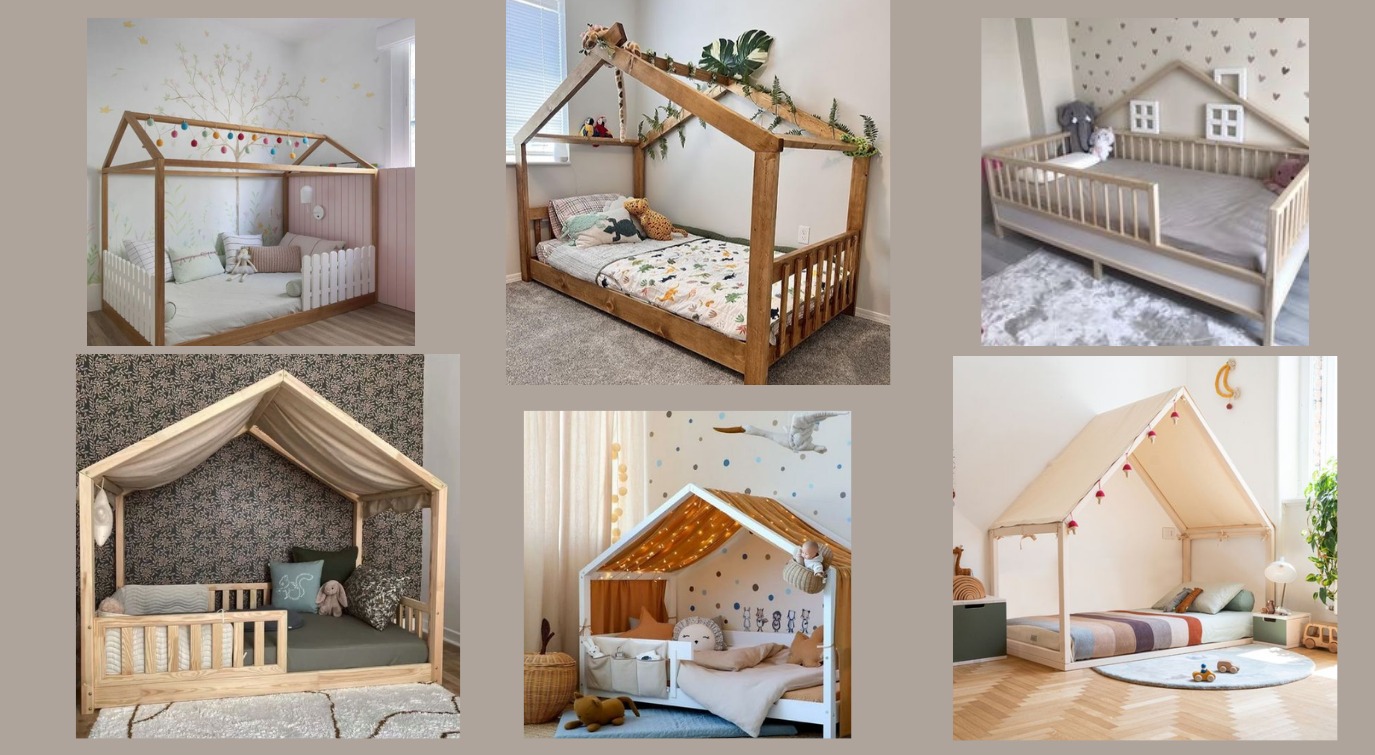 These are beds that are designed to look like a house, with walls and a roof. They are often made of soft, child-friendly materials and may have built-in storage or other features. House-style floor beds can be a good option for infants and toddlers who like to have a sense of boundaries and security.
These are beds that are designed to look like a house, with walls and a roof. They are often made of soft, child-friendly materials and may have built-in storage or other features. House-style floor beds can be a good option for infants and toddlers who like to have a sense of boundaries and security. - Portable floor beds:
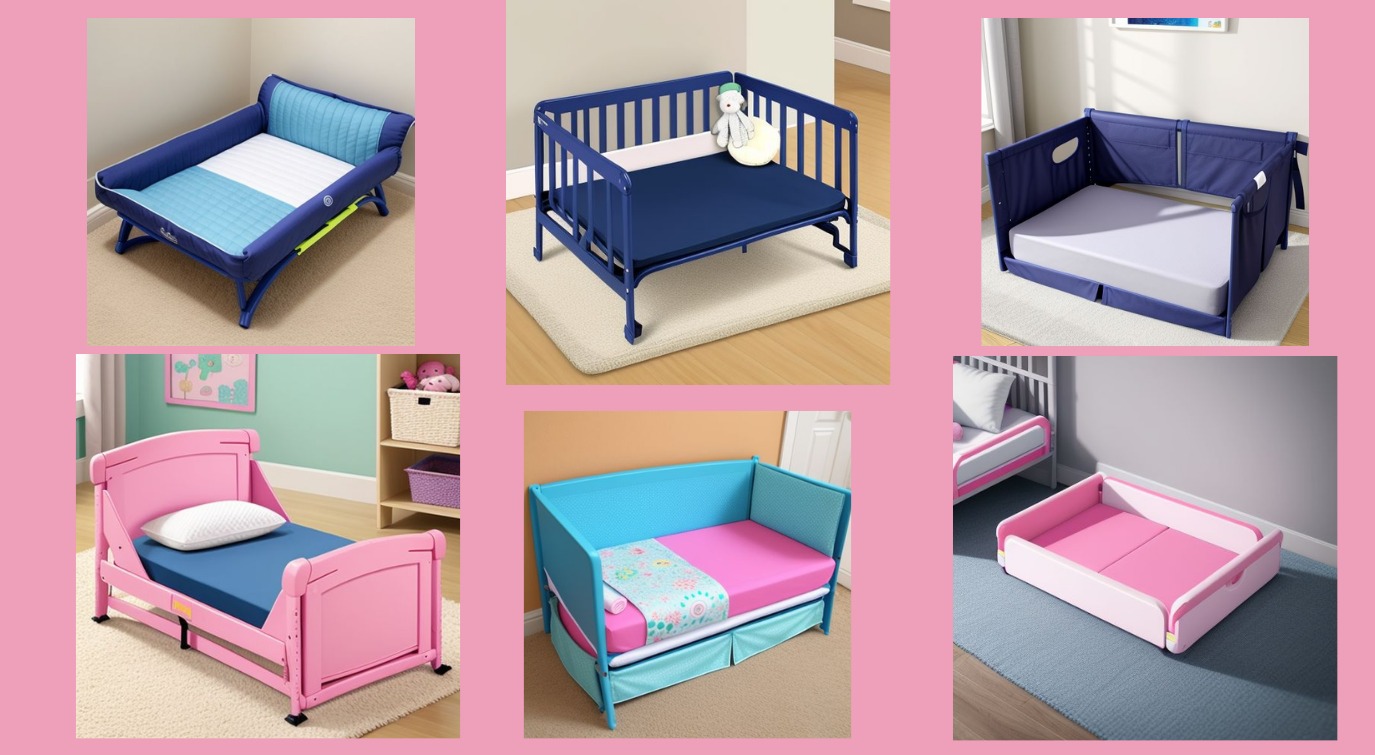 These are beds that are designed to be lightweight and easy to move. They may have a foldable or collapsible design and may come with a carrying case or other accessories. Portable floor beds can be a good option for families who travel frequently or who want to be able to move their baby's bed around the house.
These are beds that are designed to be lightweight and easy to move. They may have a foldable or collapsible design and may come with a carrying case or other accessories. Portable floor beds can be a good option for families who travel frequently or who want to be able to move their baby's bed around the house. - Convertible floor beds:
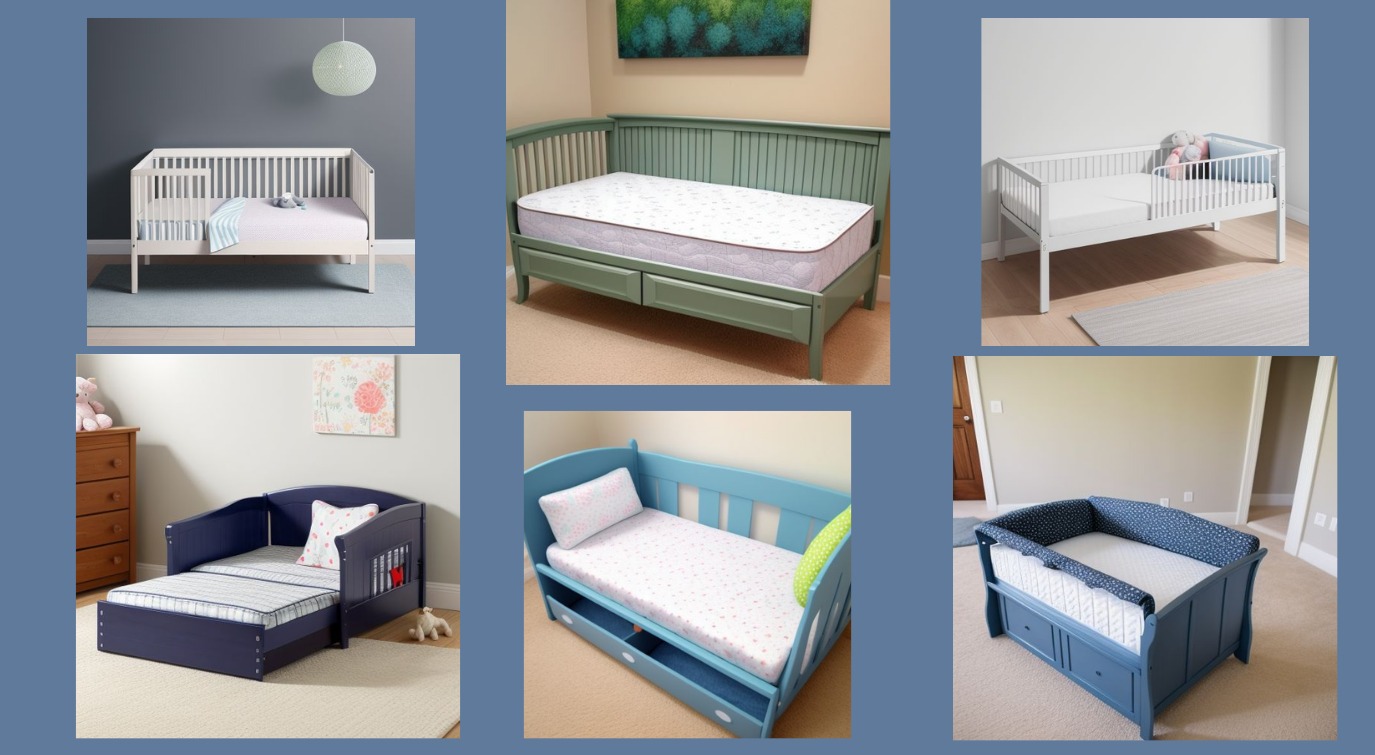 These are beds that can be converted from a crib to a floor bed as the child grows. They may have removable sides or other features that allow them to be transformed into a low-to-the-ground bed. Convertible floor beds can be a good option for families who want to save space and money by using the same bed for their child from infancy to toddlerhood.
These are beds that can be converted from a crib to a floor bed as the child grows. They may have removable sides or other features that allow them to be transformed into a low-to-the-ground bed. Convertible floor beds can be a good option for families who want to save space and money by using the same bed for their child from infancy to toddlerhood. - Custom-made floor beds:
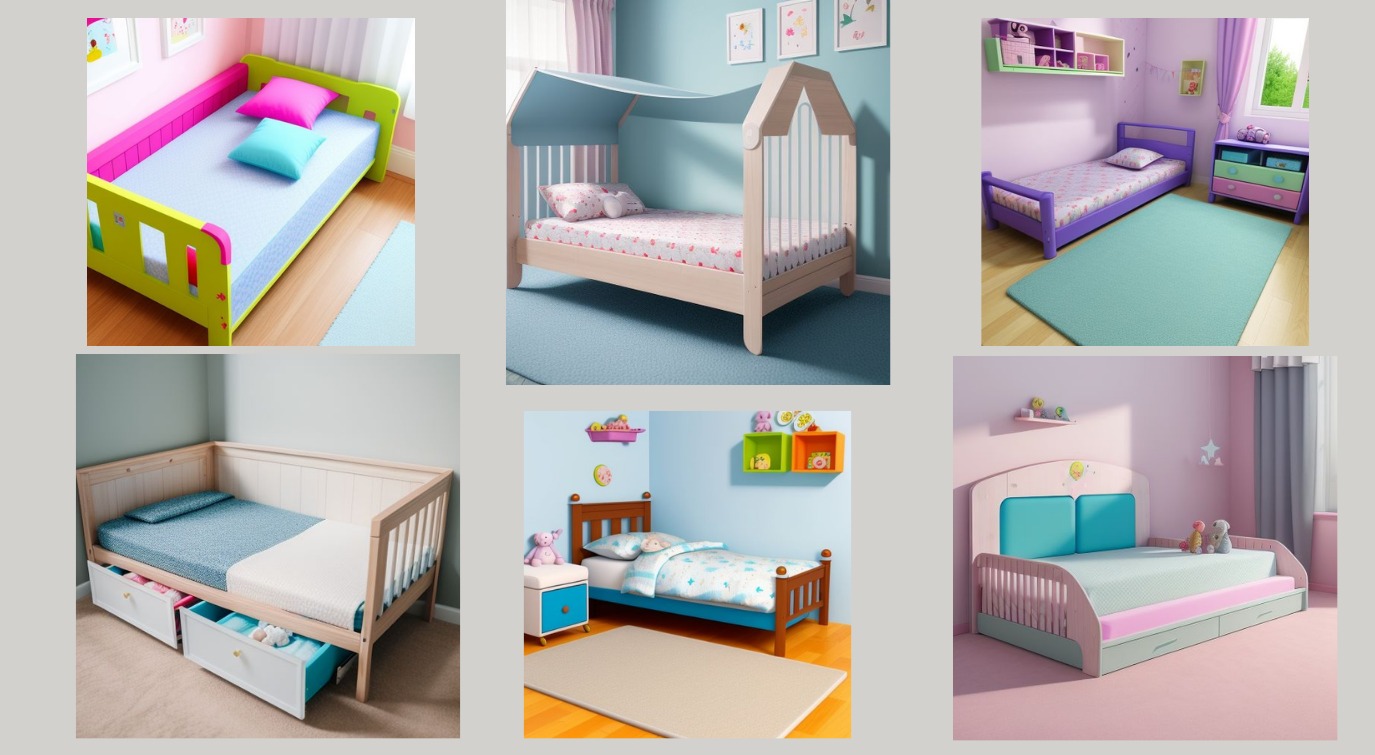 These are beds that are made to order according to the specific needs and preferences of the family. They may be made of unique materials, have custom dimensions, or include special features such as built-in storage or lighting. Custom-made floor beds can be a good option for families who want a one-of-a-kind bed for their children.
These are beds that are made to order according to the specific needs and preferences of the family. They may be made of unique materials, have custom dimensions, or include special features such as built-in storage or lighting. Custom-made floor beds can be a good option for families who want a one-of-a-kind bed for their children.
What are the differences between a montessori floor bed and a regular floor bed
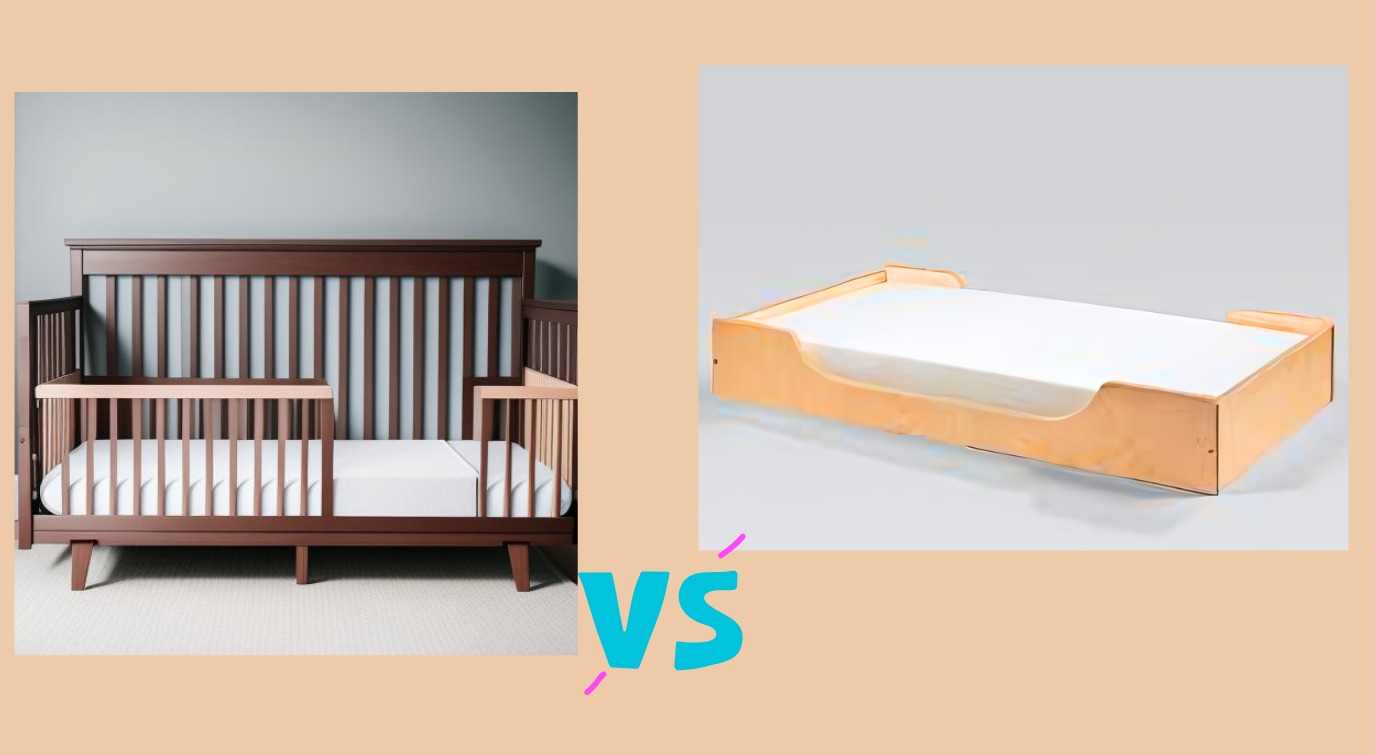

The differences between a Montessori floor bed and a regular floor bed lie in their design and purpose:
Montessori Floor Bed:
- Design: A Montessori floor bed is typically a low bed placed directly on the floor or with a very low frame, allowing children the freedom to get on and off the bed as they wish. It often lacks restrictive railings found in traditional cribs.
- Purpose: Montessori floor beds are designed to foster freedom of movement, independence, and self-reliance in children. They align with the Montessori philosophy of respecting the child's autonomy and promoting exploration and learning.
Regular Floor Bed:
- Design: A regular floor bed can vary in design and height, but it may not necessarily prioritize the same level of accessibility and freedom of movement as a Montessori floor bed.
- Purpose: Regular floor beds serve the basic function of providing a sleeping surface close to the ground. They may not be specifically designed to support the developmental principles of the Montessori method.
Advantages of Using a Floor Bed for Your Baby
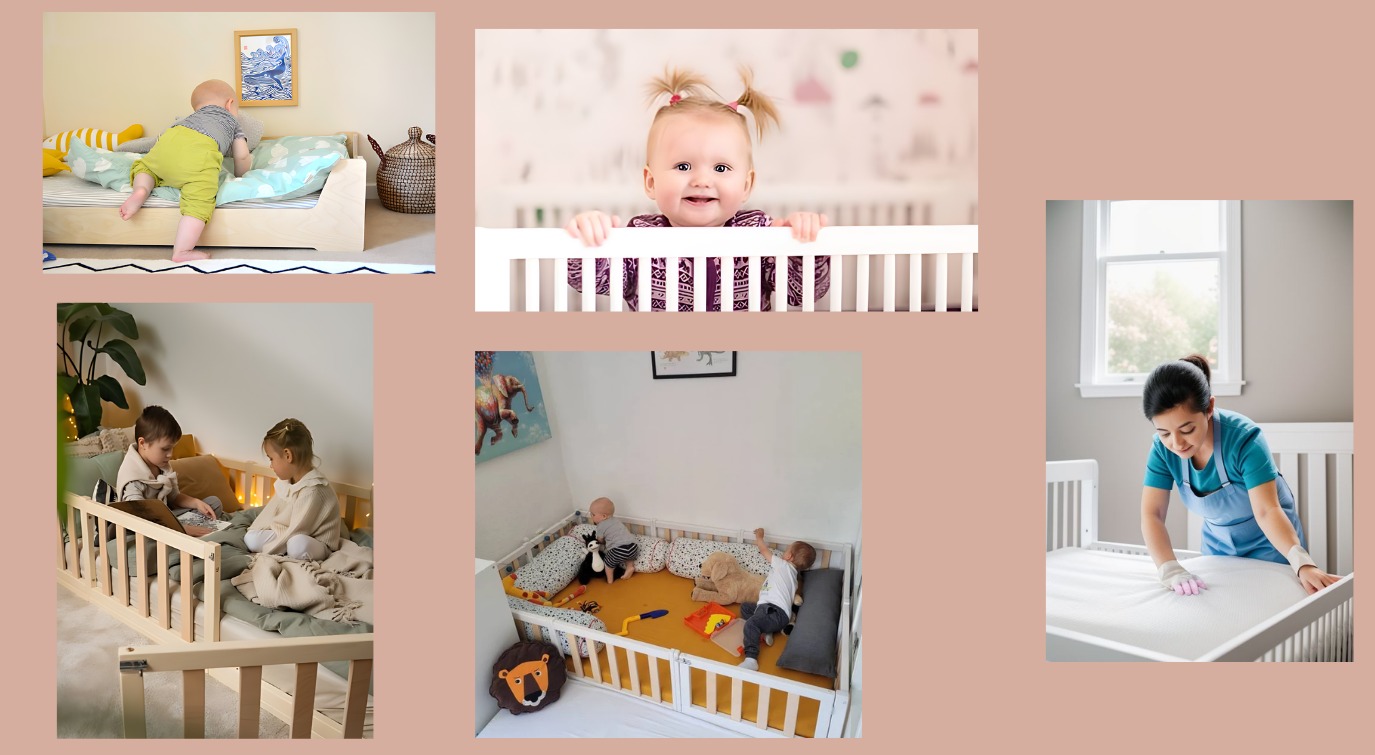

There are many benefits to using a floor bed for your baby. Here are a few:
- Promotes Independence: A floor bed allows your baby to move around freely, which helps them develop their independence and mobility.
- Encourages Self-Soothing: Since a floor bed is at ground level, your baby can easily get in and out of it. This can help them learn to self-soothe and fall asleep on their own.
- Safe: A floor bed is a safe sleep space for your baby, as it is low to the ground and has no bars or slats that could trap their limbs.
- Easy to Clean: A floor bed is easy to clean, as it is made of simple materials that can be wiped down or washed.
Factors to Consider When Choosing a Floor Bed for Your Baby
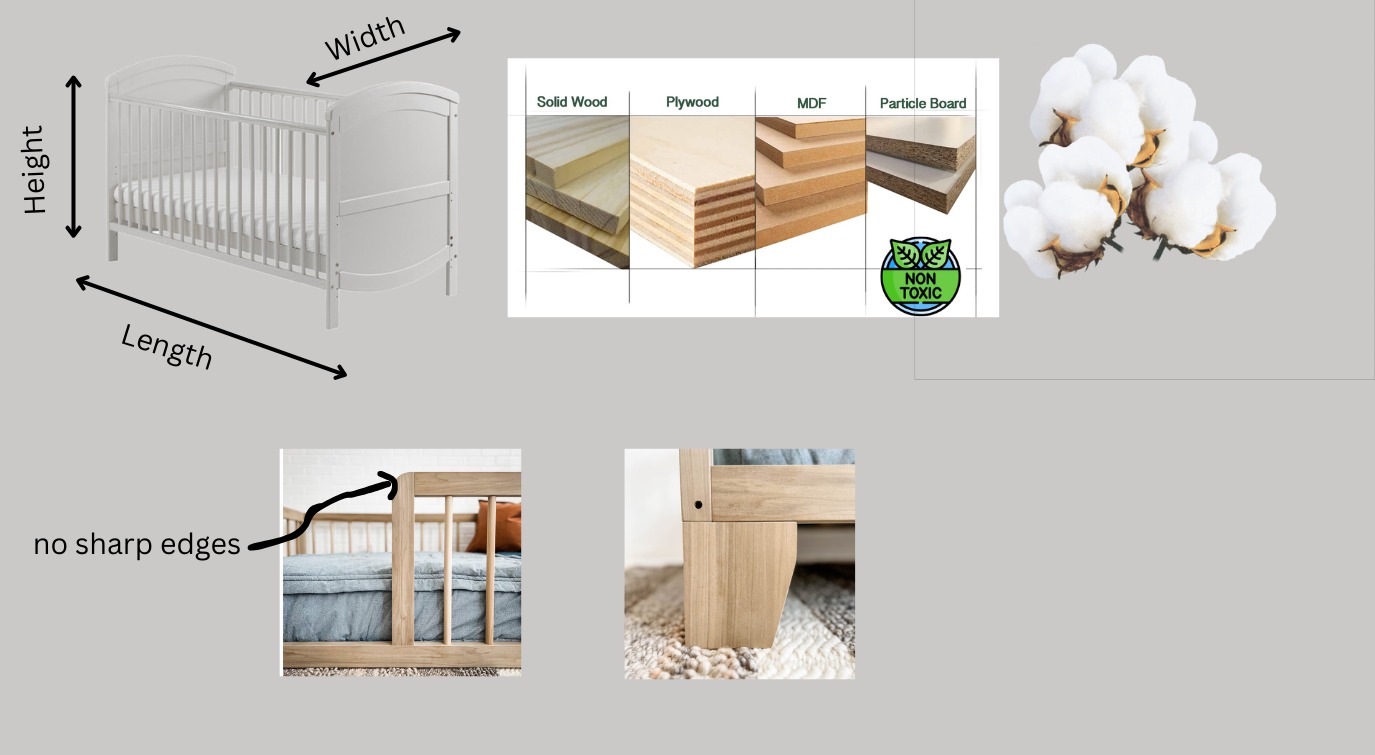

When choosing a floor bed for your baby, there are a few factors to consider. Here are some:
- Size: Make sure the floor bed is the right size for your baby. It should be large enough for them to move around in, but not so large that they could roll out of it.
- Material: Look for a floor bed made of natural and non-toxic materials, such as wood or cotton.
- Safety: Make sure the floor bed has no sharp edges or small parts that could be a choking hazard.
What are the safety guidelines for using a floor bed for babies?
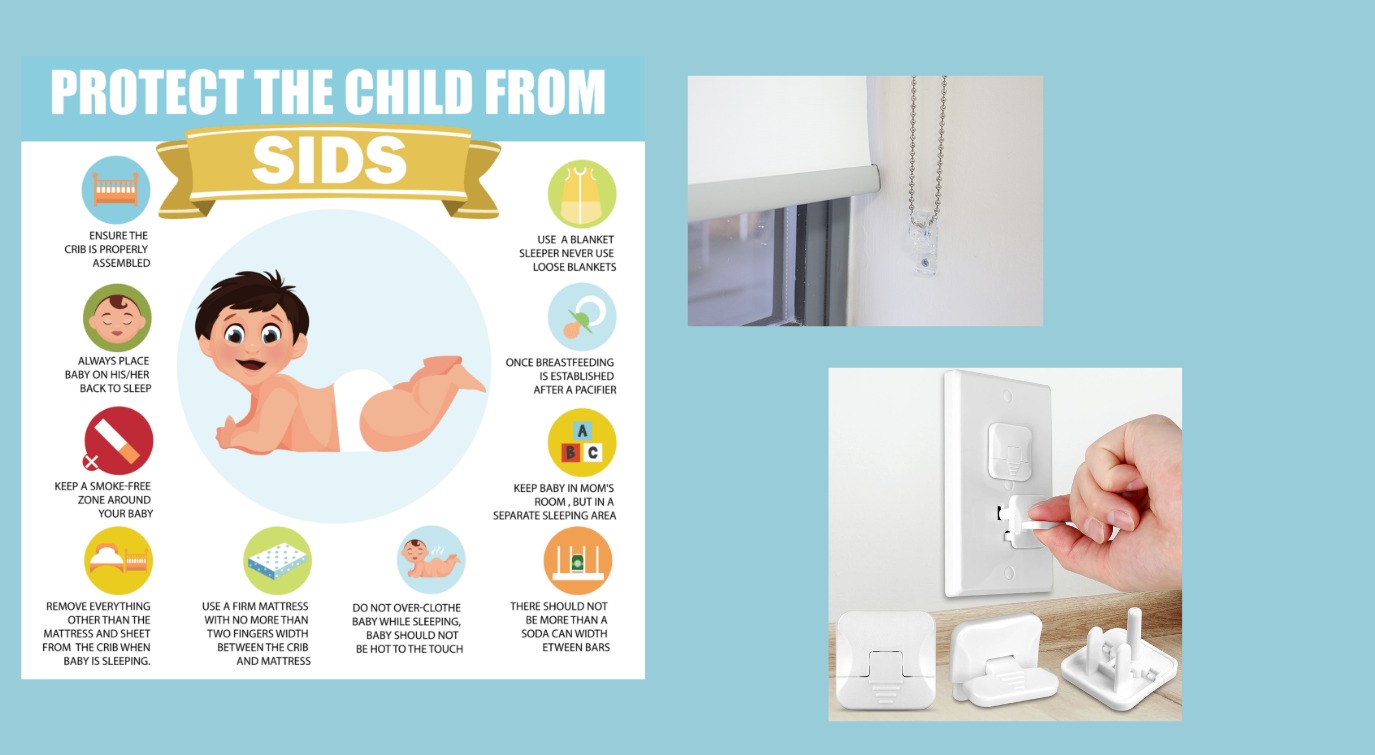

The safety guidelines for using a floor bed for babies include:
- Room Safety: Ensure the child's room is 100% safe, with furniture secured to walls, cords inaccessible, and plugs covered. Remove any potentially hazardous items and explore the room from the child's level to identify risks
- SIDS(Sudden infant death syndrome) Guidelines: Always refer to and follow the SIDS Safe Sleeping Guidelines to reduce the risk of sudden infant death syndrome
- Minimalism: Embrace minimalism in the room to reduce stimulation. Only keep a few safe toys and books in the room to create a calm environment for sleep
- Mattress: Use a firm mattress on the floor bed to prevent suffocation risks. Avoid soft bedding that can conform to the infant's face and obstruct breathing
- Breathable Bedding: Use lightweight, breathable bedding to keep the baby comfortable and reduce the risk of suffocation
- Safe Sleeping Environment: Ensure there are no objects nearby that could pose an entrapment or suffocation risk. Keep the sleeping area free of loose objects or clutter
- Supervision: It's important to supervise the baby when they are sleeping on a floor bed to respond quickly if needed, especially if the baby rolls off the bed or becomes trapped
- Developmental Readiness: Wait until the baby is developmentally ready to sleep on a floor bed. Infants who cannot roll over on their own or have weak neck muscles should sleep in a crib or bassinet
- Bed Rail: Consider using a bed rail for infants who can roll over but may still be at risk of falling off the bed
- Smoke and Carbon Monoxide Detectors: Install working smoke detectors and carbon monoxide detectors in the room where the baby will be
Transitioning Your Baby to a Floor Bed
Transitioning your baby to a floor bed can be a smooth and easy process with these tips:
- Start Slowly: Start by introducing the floor bed during naps and gradually increase the amount of time your baby spends in it.
- Use a Comfort Object: Use a comfort object, such as a stuffed animal or blanket, to help your baby feel secure and safe in the floor bed.
- Stay Calm: Stay calm and patient during the transition process. It may take some time for your baby to get used to the floor bed, but they will eventually learn to love it.
Common Misconceptions About Babies Floor Beds
There are many misconceptions about babies and floor beds. Here are some:
- Floor Beds are Unsafe: This is not true. Floor beds are a safe and natural way for your baby to sleep, as long as you take the necessary safety measures.
- Floor Beds are Only for Co-Sleeping: This is not true. Floor beds can be used for both co-sleeping and independent sleep.
Real-Life Experiences of Baby's Floor Bed
Many parents have had positive experiences with floor beds for their babies. Here are a few real-life experiences:
- Easy Transition: One parent said their baby transitioned to the floor bed easily and now sleeps through the night.
- Promotes Independence: Another parent said their baby loves the freedom and independence that the floor bed provides.
Common Issues with Floor Beds
There are a few common issues with floor beds that you should be aware of. Here are some:
- Sibling Jealousy: If you have older children, they may be jealous of the new floor bed and want one of their own.
- Mattress Slipping: If the mattress is not securely attached to the frame, it may slip and cause a safety hazard.
Conclusion
A floor bed for baby is a safe and natural way for your little one to sleep. It promotes independence, encourages self-soothing, and is a safe sleep space for your baby. When choosing a floor bed, consider the size, material, and safety features. Take safety measures when implementing the floor bed, and create a safe and stimulating environment around it. Transitioning your baby to a floor bed can be a smooth and easy process, and many parents have had positive experiences with them.
FAQ
Q. What is a floor bed for Baby?
Ans. A floor bed for babies is a type of bed that is placed directly on the floor, without a box spring or bed frame. It is often used in Montessori-style homes and is designed to give infants and toddlers the freedom to move around and explore their sleeping environment. Floor beds can promote independent sleeping and encourage movement, making them a popular choice for parents who want to encourage their child's development.
Q. Are floor beds safe for babies?
Ans. The safety of floor beds for babies is a controversial issue due to potential risks such as suffocation and overheating. To mitigate these risks, parents should use a firm mattress, and breathable bedding, and create a safe sleeping environment. Supervision, waiting until developmentally ready, and considering bed rails are also crucial. Consultation with a pediatrician is recommended, and infants should sleep in a crib or bassinet that meets safety standards.
Q. What are the age requirements for using a floor bed for babies?
Ans. Floor bed age requirements for babies vary based on development and parents' preferences. Some suggest 5-10 months, while others recommend 18 months to 3 years. Introducing a floor bed depends on the child's developmental readiness, safety, and babyproofing. Parents should trust their instincts and prioritize their child's well-being when transitioning to a floor bed.










